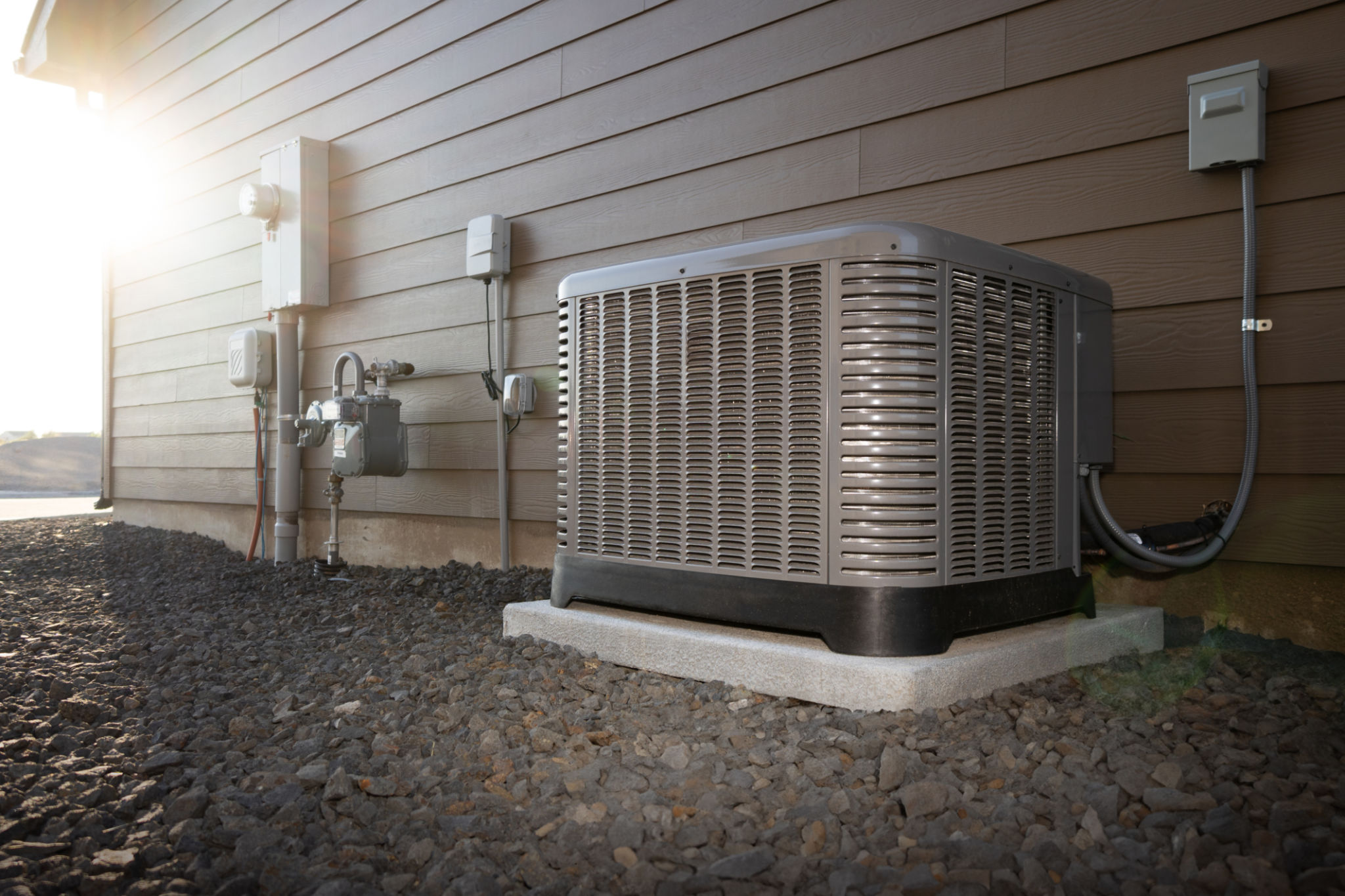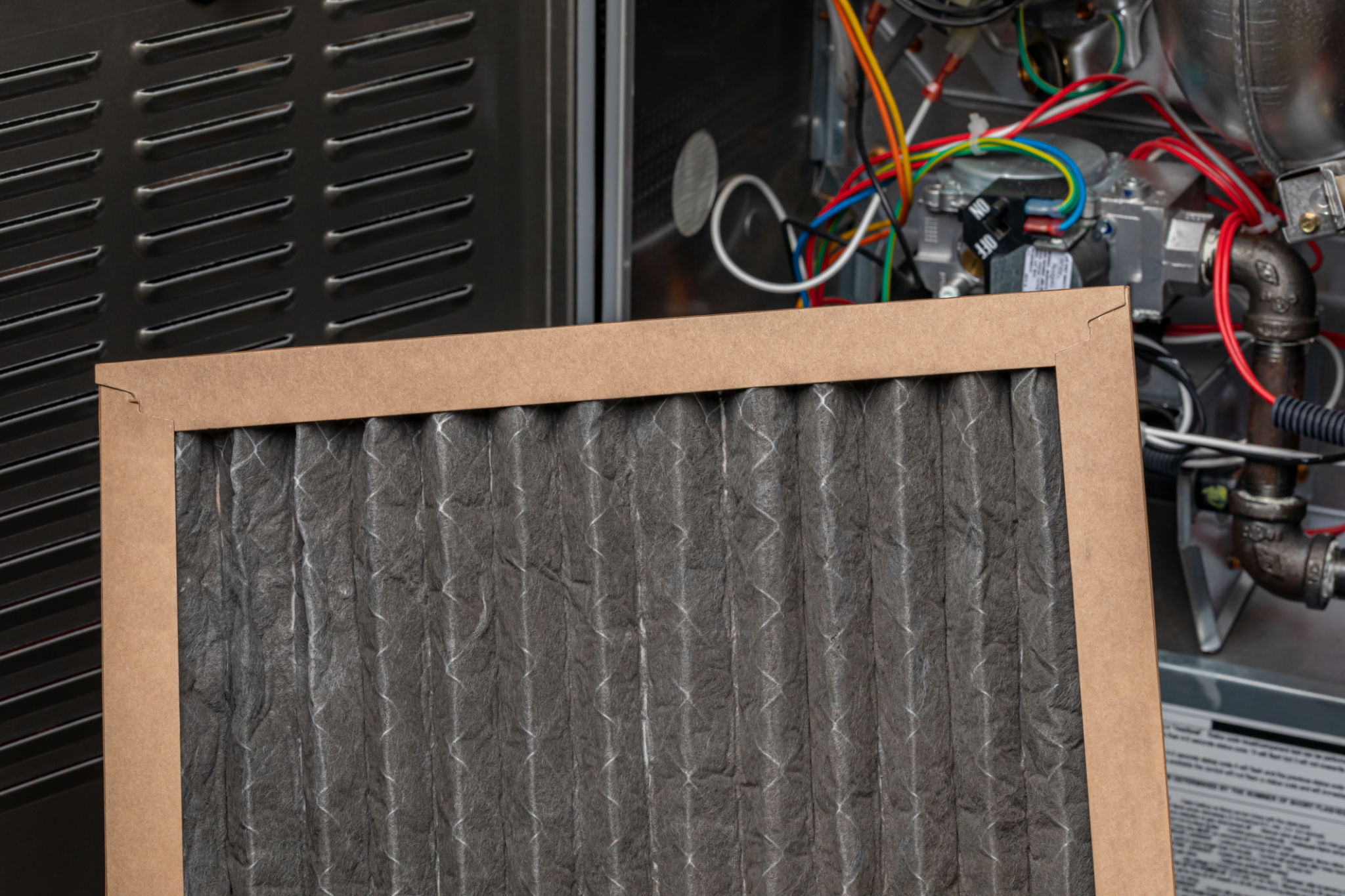DIY Air Conditioning Troubleshooting: Quick Fixes Before Calling a Pro
Understanding Common Air Conditioning Issues
When your air conditioning system starts acting up, it can be a real headache, especially during the peak summer months. However, before you reach for the phone to call a professional, there are several DIY troubleshooting steps you can take that might resolve the issue. Not only can this save you money, but it can also get your home back to a comfortable temperature more quickly.

Check the Thermostat
The first step in troubleshooting any air conditioning issue is to check the thermostat. Make sure it is set to "cool" and the temperature is set lower than the current room temperature. If the thermostat is not working properly, it may simply need new batteries or a reset. Sometimes, a quick check and adjustment can make all the difference.
Inspect the Air Filters
Dirty or clogged air filters are one of the most common causes of AC problems. These filters should be cleaned or replaced every one to three months, depending on usage. A clogged filter restricts airflow, making your system work harder and less efficiently. Replacing the filters can improve performance and air quality.

Examine the Circuit Breaker
If your AC unit won't turn on at all, it might be an electrical issue. Check your circuit breaker box for any tripped breakers. If you find any, reset them and see if this resolves the issue. Frequent trips may indicate a more serious problem that requires professional attention.
Inspect the Condenser Unit
The outdoor condenser unit is an essential component of your air conditioning system. Ensure that it is free from debris, such as leaves or grass clippings, which can obstruct airflow and reduce efficiency. A gentle rinse with a garden hose can clear away dirt and debris.

Check for Refrigerant Leaks
Low refrigerant levels can cause your AC to blow warm air or not cool effectively. While adding refrigerant is a job for professionals, you can inspect for possible leaks by looking for oily residue around the service valves and connections. If you suspect a leak, contact a technician to address the issue.
Test the Blower Motor
If your AC is running but not blowing enough cool air, the blower motor could be the culprit. Listen for unusual sounds like humming or rattling, which can indicate motor issues. While some problems require professional repair, lubricating moving parts or tightening loose components can sometimes solve minor issues.
When to Call in a Professional
If these troubleshooting steps don't resolve your air conditioning problem, it might be time to call in a pro. Issues like complex electrical problems, significant refrigerant leaks, or mechanical failures often require expert knowledge and tools.
By performing these basic checks and maintenance tasks, you might save yourself from unnecessary repair costs and ensure that your air conditioning system runs smoothly throughout the season.